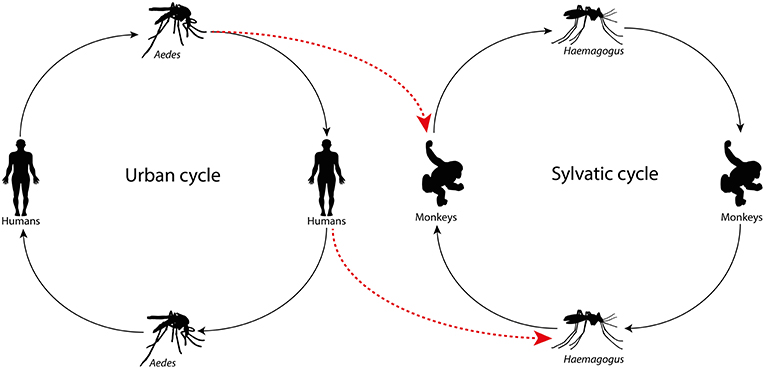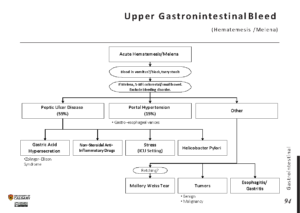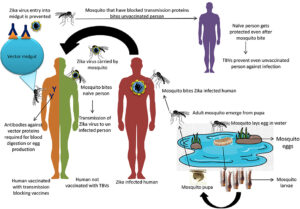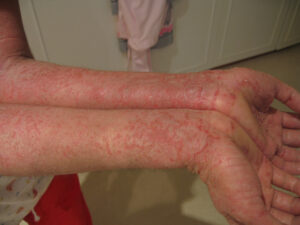Yellow fever, often abbreviated as YF, is a viral disease that has historically caused significant outbreaks in tropical and subtropical regions. It remains a public health concern due to its potential for severe illness and death. This article provides an in-depth look at the disease, including how it spreads, its symptoms, and effective prevention strategies.
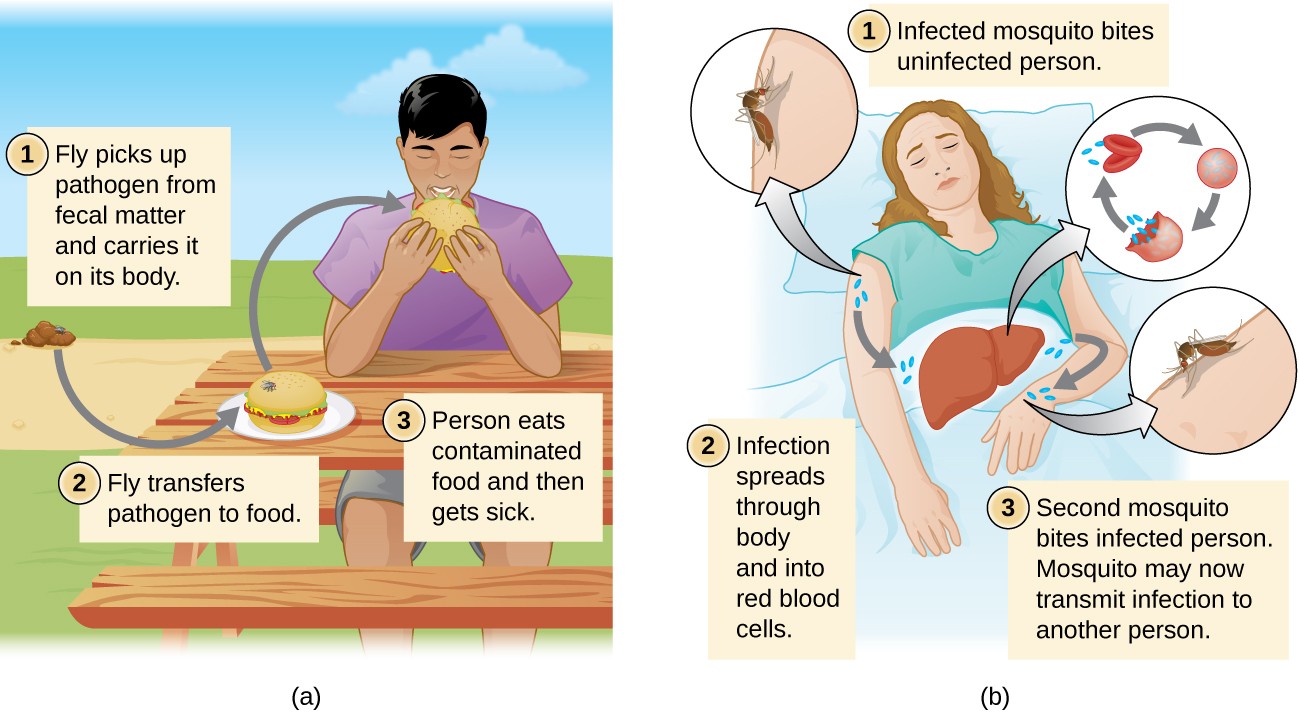
What is Yellow Fever?
Yellow fever is an acute viral hemorrhagic disease caused by the yellow fever virus. The name “yellow” refers to the jaundice that some patients develop during the infection. The disease is primarily found in parts of Africa and South America, where it affects both humans and certain species of monkeys. While many cases are mild, some can progress to a severe form that poses a significant risk to life.
The History of Yellow Fever
Yellow fever has a long and storied history. Major outbreaks have been recorded since the 17th century, particularly in port cities and areas with warm climates. The disease played a critical role in shaping colonial history, as it decimated armies and populations during wars and expeditions. For example, during the construction of the Panama Canal, thousands of workers fell victim to the disease. It was not until the early 20th century that researchers identified mosquitoes as the primary vector responsible for spreading the virus.
How Yellow Fever Spreads
Understanding how yellow fever spreads is crucial to controlling its impact. The disease is transmitted through the bite of infected mosquitoes, which serve as carriers of the virus.
The Role of Mosquitoes
The primary vectors of yellow fever are mosquitoes belonging to two species: Aedes aegypti and Haemagogus. These mosquitoes thrive in warm, humid environments and are commonly found in urban and jungle settings. In urban transmission cycles, the virus spreads from person to person via the Aedes aegypti mosquito. In jungle cycles, mosquitoes transmit the virus between monkeys and occasionally to humans who enter forested areas.
Transmission Cycles
There are three main transmission cycles of yellow fever:
- Sylvatic Cycle: Also known as the jungle cycle, this occurs when mosquitoes infect monkeys in tropical rainforests. Humans can become infected if they venture into these areas and are bitten by infected mosquitoes.
- Intermediate Cycle: This cycle involves mosquitoes that breed in rural or semi-rural areas. Both humans and monkeys can be infected, leading to small-scale outbreaks.
- Urban Cycle: In densely populated areas, the virus spreads rapidly among humans through the Aedes aegypti mosquito. Urban outbreaks can result in large epidemics if not controlled promptly.
Symptoms of Yellow Fever
The symptoms of yellow fever can vary widely, ranging from mild flu-like symptoms to severe and life-threatening complications. Understanding these symptoms is essential for early diagnosis and treatment.
Initial Symptoms
The incubation period for yellow fever is typically three to six days after being bitten by an infected mosquito. During this time, the virus multiplies in the body before symptoms appear. Initial symptoms include:
- Fever
- Chills
- Severe headache
- Muscle pain, particularly in the back and knees
- Nausea and vomiting
- Loss of appetite
- Weakness and fatigue
These symptoms are often mistaken for other illnesses, such as malaria or dengue fever, making early diagnosis challenging.
Severe Symptoms
In about fifteen percent of cases, the disease progresses to a more severe phase within twenty-four hours of the initial symptoms subsiding. This toxic phase is characterized by:
- High fever
- Jaundice, which causes yellowing of the skin and eyes
- Bleeding from the mouth, nose, eyes, or stomach
- Vomiting blood
- Decreased urine output
- Confusion and delirium
- Organ failure, particularly of the liver and kidneys
The severe phase of yellow fever carries a high mortality rate, with up to half of affected individuals succumbing to the disease.
Prevention of Yellow Fever
Preventing yellow fever is critical, as there is no specific antiviral treatment available for the disease. Effective prevention strategies focus on vaccination, mosquito control, and personal protection measures.
Vaccination
The yellow fever vaccine is one of the most effective tools for preventing the disease. It provides lifelong immunity in most individuals and is recommended for people living in or traveling to endemic areas. Key points about the vaccine include:
- The vaccine is safe and highly effective, offering protection within ten days for ninety percent of recipients and within thirty days for virtually all recipients.
- A single dose is sufficient for lifelong protection in most cases, although booster doses may be recommended for certain high-risk groups.
- The vaccine is contraindicated for infants under nine months of age, pregnant women, individuals with weakened immune systems, and those with severe allergies to egg proteins.
Mosquito Control Measures
Controlling mosquito populations is another vital component of preventing yellow fever. Strategies include:
- Eliminating standing water where mosquitoes breed, such as in containers, tires, and flower pots.
- Using larvicides to kill mosquito larvae in water sources that cannot be drained.
- Implementing insecticide spraying programs in areas with active transmission.
- Encouraging community participation in cleaning efforts to reduce mosquito habitats.
Personal Protection
Individuals can take steps to protect themselves from mosquito bites, especially in areas where yellow fever is prevalent. Recommended measures include:
- Wearing long-sleeved clothing and pants to minimize exposed skin.
- Using insect repellents containing DEET, picaridin, or oil of lemon eucalyptus.
- Sleeping under mosquito nets, particularly those treated with insecticides.
- Staying in air-conditioned or screened accommodations to avoid mosquito exposure.
Global Efforts to Combat Yellow Fever
International organizations, governments, and communities have joined forces to combat yellow fever. Key initiatives include:
- Vaccination Campaigns: Mass vaccination campaigns have been instrumental in reducing the burden of yellow fever in endemic regions. These efforts are often coordinated by organizations such as the World Health Organization and UNICEF.
- Surveillance Systems: Strengthening disease surveillance helps detect outbreaks early and implement timely interventions.
- Public Awareness: Educating communities about the importance of vaccination and mosquito control fosters cooperation and compliance with preventive measures.
Challenges in Eradicating Yellow Fever
Despite significant progress, challenges remain in eradicating yellow fever. These include:
- Limited access to vaccines in remote or conflict-affected areas.
- Resistance to insecticides among mosquito populations.
- Climate change, which may expand the range of mosquito habitats and increase the risk of transmission.
- Urbanization and population growth, which create conditions conducive to outbreaks.
Addressing these challenges requires sustained investment in research, infrastructure, and public health initiatives.
Living with Yellow Fever
For those who recover from yellow fever, the journey does not always end with survival. Many survivors experience long-term health effects, such as chronic fatigue, joint pain, and organ damage. Rehabilitation and ongoing medical care are essential to help individuals regain their quality of life.
Support for Survivors
Support networks play a crucial role in helping yellow fever survivors cope with the physical and emotional toll of the disease. Counseling services, peer support groups, and access to healthcare resources can make a significant difference in recovery outcomes.
